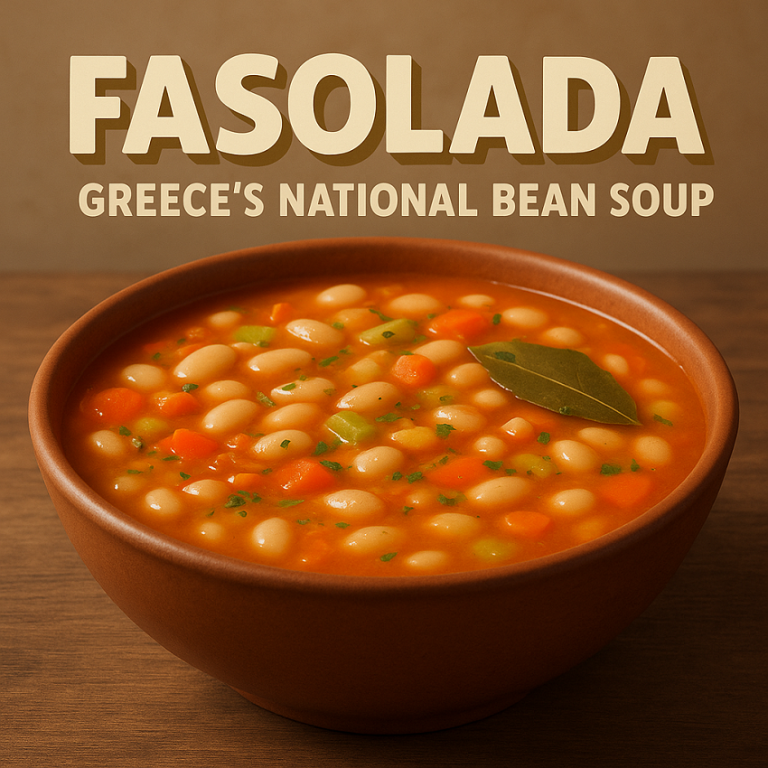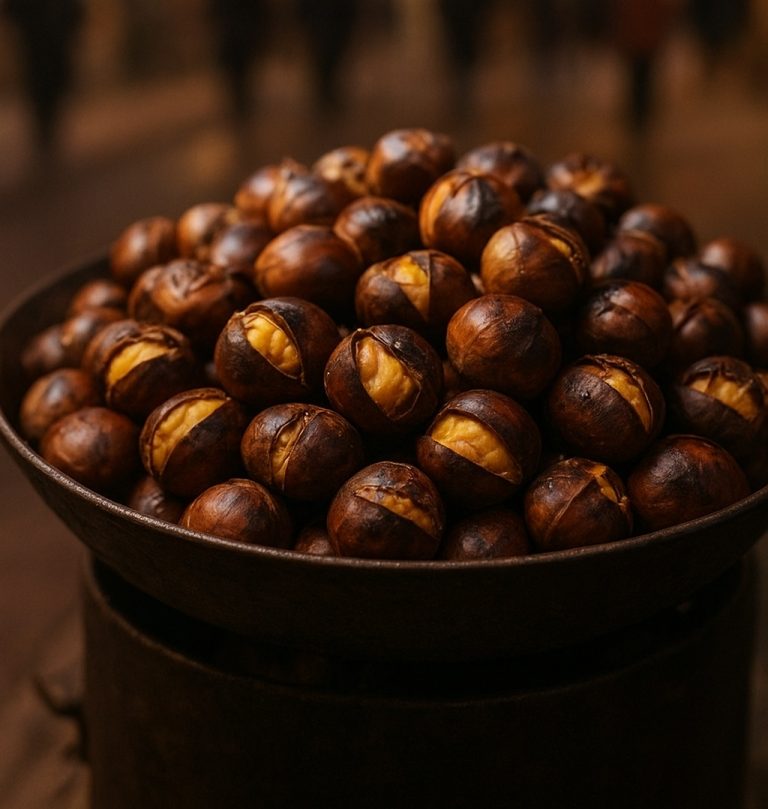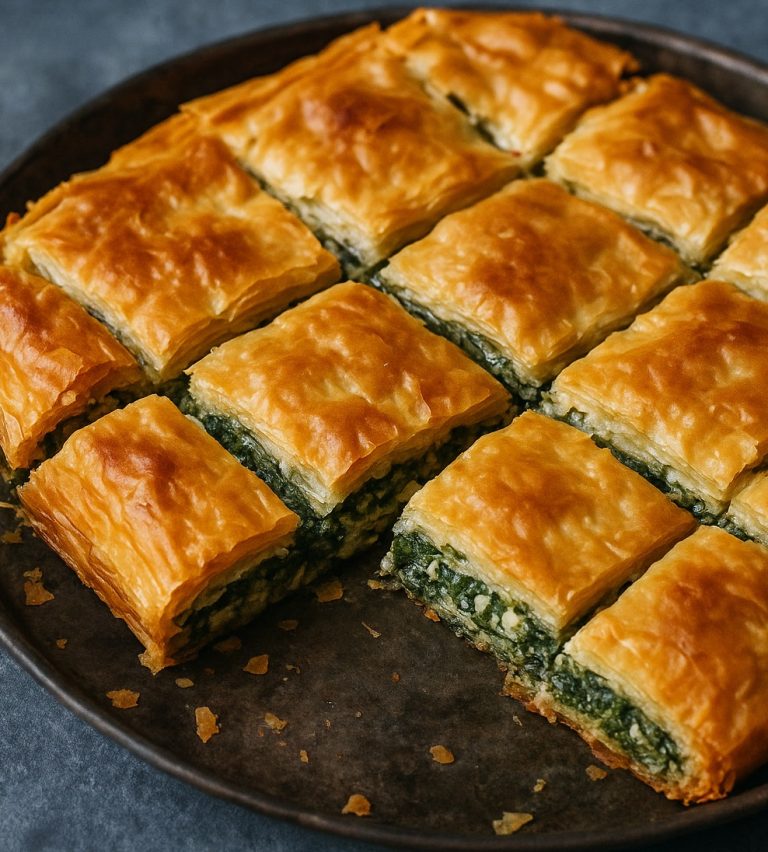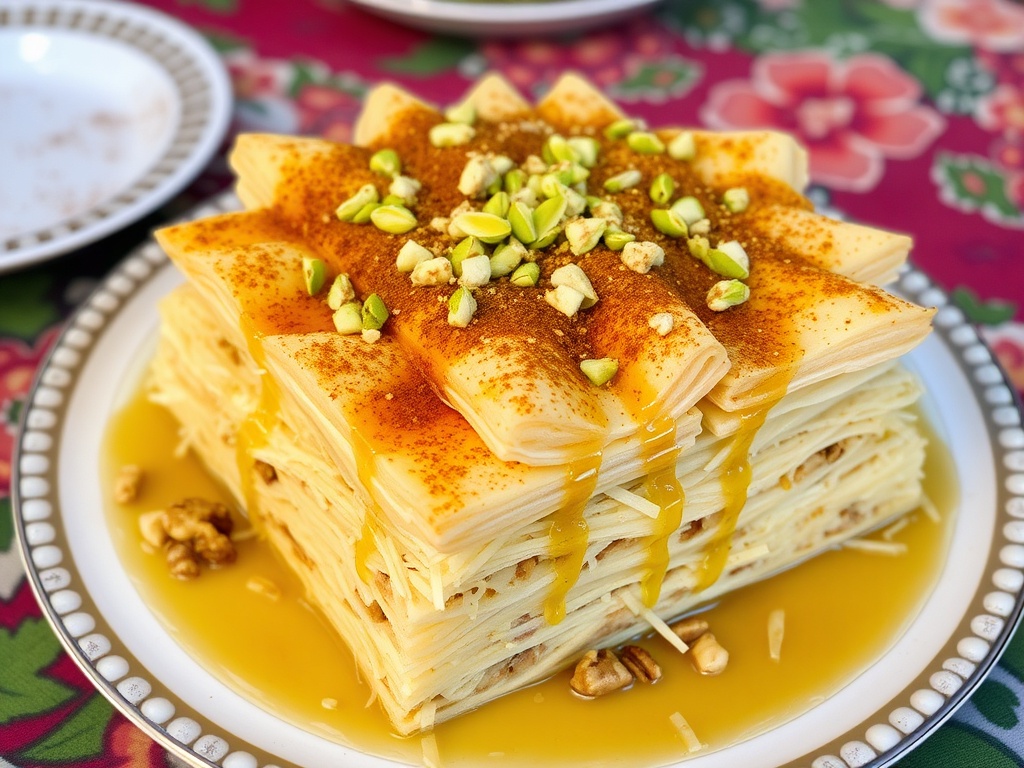
Introduction
Greek Kataifi is a beloved dessert known for its unique texture and rich flavors. With its origins deeply rooted in the culinary traditions of Greece, Kataifi combines shredded pastry, nuts, and syrup to create a delightful treat that is enjoyed during celebrations and everyday occasions alike. This article delves into the history, preparation, and cultural significance of this sweet delicacy, exploring its variations and tips for perfecting the dish at home.
The History of Kataifi
Kataifi has a storied history that traces back to the Ottoman Empire, where it was a favored dessert among the upper classes. The term “Kataifi” is derived from the Arabic word “katayef,” which refers to a type of stuffed pastry. As the dessert spread across regions, it evolved to reflect local tastes and ingredients. In Greece, Kataifi took on a distinct character, incorporating local nuts like walnuts and pistachios, as well as flavors such as cinnamon and rosewater.
Historically, Kataifi was not only a dessert but also a symbol of hospitality and generosity. It was often prepared for guests during special occasions, showcasing the host’s culinary skills and dedication to providing a warm experience. Today, it remains a staple at Greek celebrations, embodying the essence of Greek culture and traditions.
Ingredients and Preparation
The hallmark of Greek Kataifi is its delicate, shredded pastry, which is made from a dough that resembles fine threads. The dessert typically features a filling of toasted nuts, sweetened with sugar and aromatic spices, and is drenched in a fragrant syrup.
Common Ingredients
- Kataifi Pastry: The star of the dish, this shredded dough can be found in most Mediterranean or Middle Eastern grocery stores.
- Nuts: Common choices include walnuts, almonds, and pistachios, each adding a unique flavor profile.
- Butter: Essential for flavor and achieving a crispy texture, it is used to brush the layers of kataifi.
- Sugar: For sweetness, it is a key component of both the nut filling and the syrup.
- Water: Used to create the syrup that soaks into the baked pastry.
- Cinnamon: Adds warmth and depth of flavor to the nut filling.
- Vanilla: Optional, but enhances the overall taste.
- Lemon Juice: Balances the sweetness of the syrup and adds a refreshing note.
- Rosewater or Orange Blossom Water: These floral elements enhance the dessert’s aroma and tie it to traditional Greek flavors.
Preparation Steps
- Prepare the Nut Filling:
- Finely chop the chosen nuts. Combine them with sugar, cinnamon, and a hint of vanilla in a bowl. Toasting the nuts beforehand can intensify their flavor and add a delightful crunch.
- Assemble the Kataifi:
- Carefully separate the kataifi strands, which are often tightly packed. Work with small portions, fluffing the strands to create volume. Layer the kataifi in a buttered baking dish, brushing each layer generously with melted butter. Add an even layer of the nut mixture over the kataifi.
- Bake:
- Preheat your oven to 350°F (175°C). Bake the assembled Kataifi until it turns golden brown and crispy, usually about 40 to 50 minutes. Keep an eye on it to prevent burning, as the thin strands can cook quickly.
- Make the Syrup:
- While the Kataifi is baking, prepare the syrup by boiling sugar and water in a saucepan. Add lemon juice and your choice of rosewater or orange blossom water. Simmer until the syrup thickens slightly, then remove from heat and allow it to cool.
- Soak the Pastry:
- Once the Kataifi is baked, remove it from the oven and immediately pour the hot syrup over the pastry. This soaking process is crucial, as it ensures the Kataifi absorbs the syrup, enhancing its sweetness and moisture.
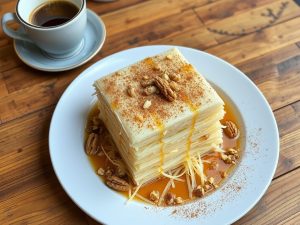
Cultural Significance
In Greece, Kataifi is more than just a dessert; it represents hospitality and celebration. It is often served during festive occasions, including weddings, Christmas, and Easter. The act of sharing Kataifi with family and friends highlights the importance of community and togetherness in Greek culture.
During religious holidays, it is common for families to prepare large trays of Kataifi to share with neighbors and friends, reinforcing bonds and fostering a sense of unity. The preparation of Kataifi can also be a family affair, with generations coming together to create the dish, passing down recipes and techniques along the way.
Variations Across Greece
While the traditional version of Greek Kataifi remains popular, variations exist across different regions of Greece.
- Nut Varieties: Depending on the local produce, some regions may use different nuts, such as hazelnuts or even mixed nut blends, to create unique flavor profiles.
- Chocolate Kataifi: A modern twist on the classic, some bakers incorporate chocolate into the nut filling or drizzle it on top, appealing to younger generations.
- Cream-filled Kataifi: In some variations, a rich custard or cream is added to the nut filling, offering a decadent and creamy texture that complements the crispy pastry.
- Serving Suggestions: While Kataifi is delightful on its own, it can also be served with a scoop of vanilla ice cream or a dollop of whipped cream for added indulgence.
Tips for Perfecting Kataifi at Home
- Use Quality Ingredients: The flavor and texture of your Kataifi will greatly depend on the quality of the nuts and butter you use. Opt for fresh, high-quality nuts and real butter for the best results.
- Don’t Rush the Assembly: Take your time when separating and layering the kataifi strands. Properly fluffing and layering the strands will ensure a light and crisp texture.
- Monitor Baking Time: Keep a close eye on the Kataifi as it bakes. Every oven is different, so check for a golden-brown color to indicate that it’s done.
- Soak Thoroughly: Allow the syrup to soak into the Kataifi for at least 30 minutes after baking. This will ensure the pastry absorbs enough sweetness and moisture.
- Experiment with Flavors: Feel free to experiment with additional spices or flavorings in the nut filling or syrup. Cardamom, nutmeg, or even a splash of orange juice can add a delightful twist.
Conclusion
Greek Kataifi is a sweet testament to the rich culinary heritage of Greece. With its delightful texture, aromatic flavors, and cultural significance, it continues to be a cherished dessert that brings people together. Whether enjoyed during a festive gathering or as a comforting treat at home, Greek Kataifi is a delicious reminder of the warmth and hospitality that define Greek cuisine. Its preparation is not just about creating a dessert; it’s about sharing love, tradition, and the joy of gathering with family and friends.
